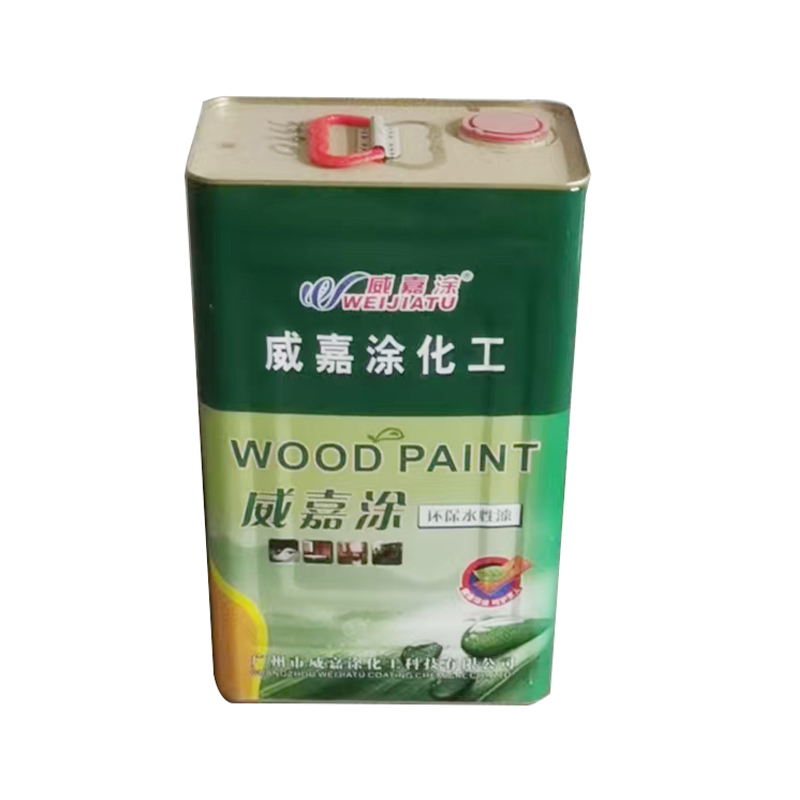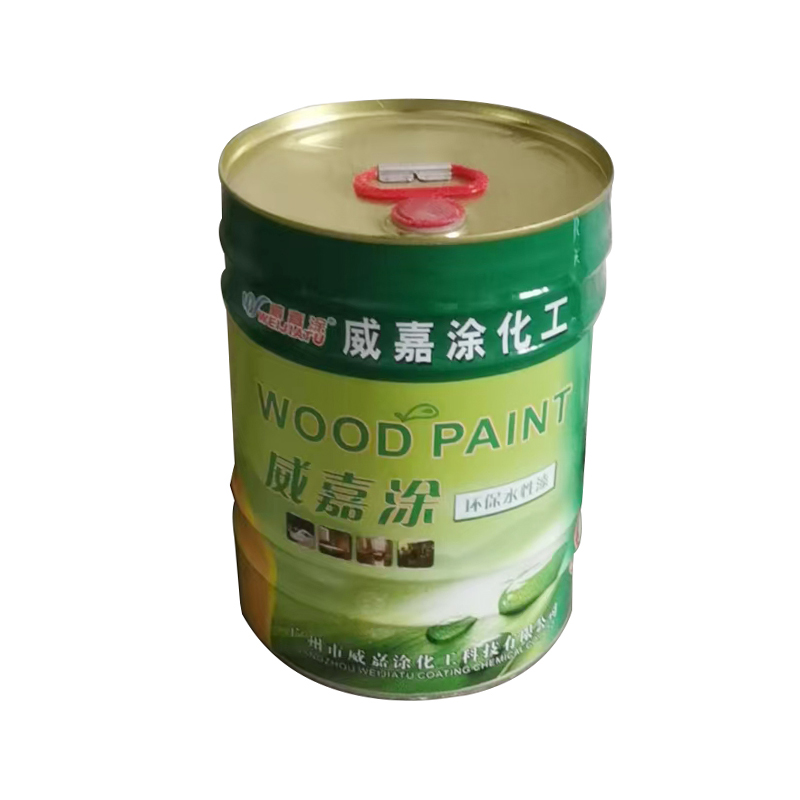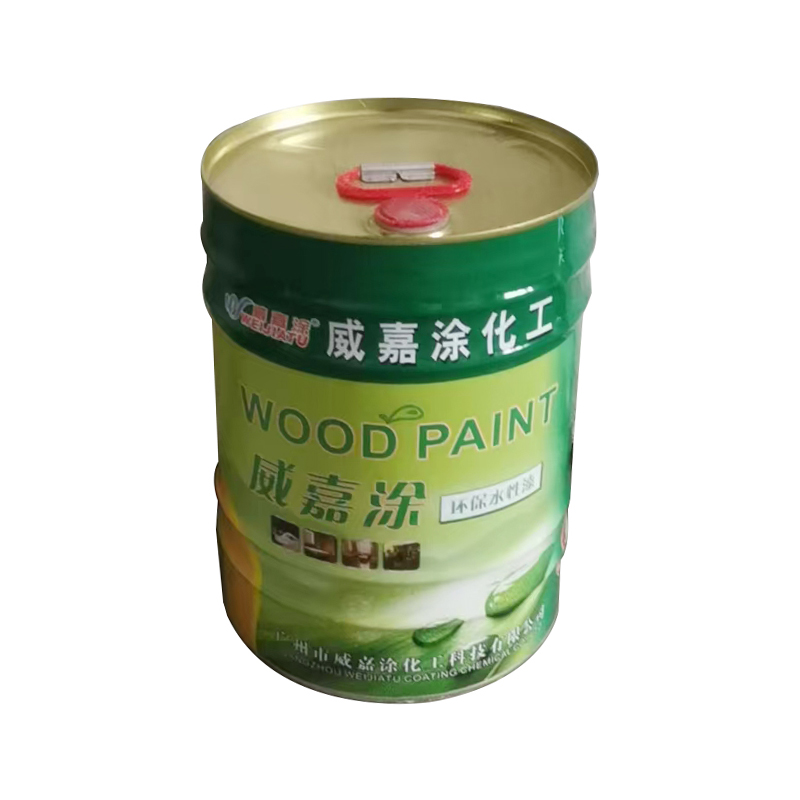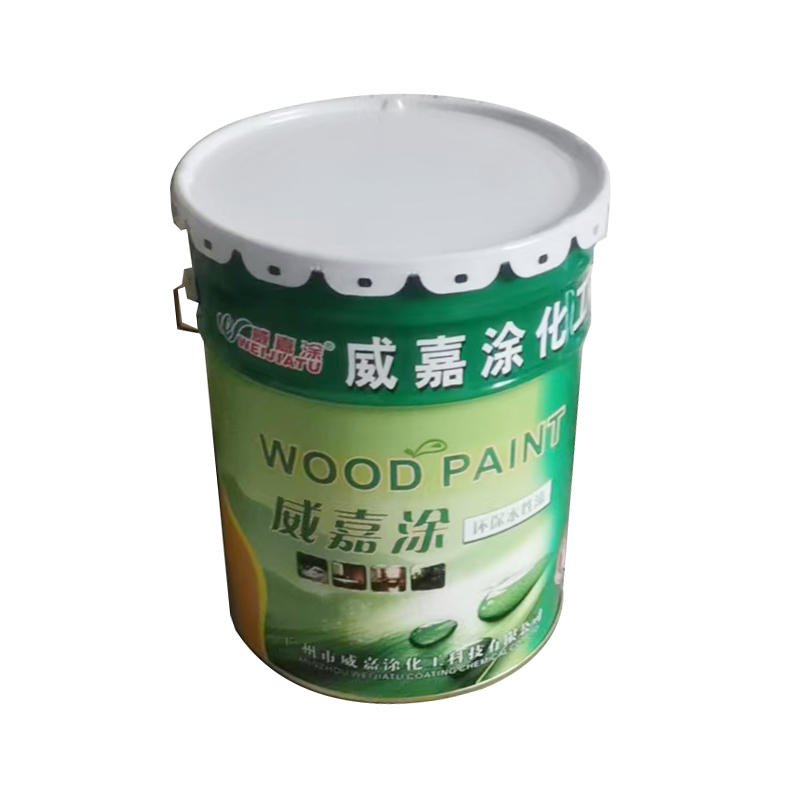Can paint thinner effectively improve the viscosity of paint and enhance the smoothness of painting?
Release Time : 2025-08-05
Paint thinner effectively improves the viscosity of paint, thereby enhancing its smoothness during application. This is one of its most crucial functions in the painting process. Paint typically maintains a certain viscosity upon leaving the factory to ensure stability. However, if applied directly, this can lead to poor application due to excessive viscosity. The addition of paint thinner addresses this issue.
Once thoroughly mixed with the paint, the paint thinner gradually penetrates the paint's molecular structure, reducing its viscosity. This thinning effect allows the previously thick paint to become more fluid, allowing it to spread more smoothly across the surface and avoid excessive resistance that can cause stuttering or uneven application. Whether using a brush, roller, or spray gun, thinned paint adheres and spreads more easily.
Different paint types have different viscosity characteristics, and a high-quality paint thinner offers excellent adaptability, allowing it to be flexibly adjusted to the paint's original consistency. It neither over-thinns the paint, causing it to lose its hiding power, nor under-thinns it, leaving it with a high viscosity. Instead, through precise blending, the paint reaches its optimal application state, ensuring each stroke flows seamlessly and minimizing noticeable marks.
During the painting process, improved fluidity not only improves ease of application but also directly impacts the quality of the final paint film. Paint with the right viscosity is less likely to accumulate during application and evenly coats the base surface, preventing problems such as dripping or cracking after drying caused by excessively thick areas. Paint thinners optimize the flow of paint, resulting in a smoother, more even film and enhancing the overall finish.
For novice or non-professional painters, paint thinned with paint significantly simplifies application. A painting rhythm previously difficult to control due to excessive viscosity becomes smoother, making it easier to control brushing pressure and speed, even for first-timers, reducing defects caused by improper application and ensuring a smoother painting process.
Paint thinner is also easy to incorporate into paint; simply mix in the proper proportions and stir thoroughly. It doesn't react adversely with the active ingredients in paint. While improving viscosity, it maintains the paint's inherent adhesion and protective properties, ensuring a smooth, durable paint film.
In actual use, it's been found that paint with the appropriate amount of paint thinner adheres better to tools during application, reducing residue and ensuring every drop of paint is more effectively applied to the surface. This efficient use not only improves smooth application but also reduces paint usage, making painting both efficient and economical. This fully demonstrates the practical value of paint thinner in improving viscosity and smoothness.







